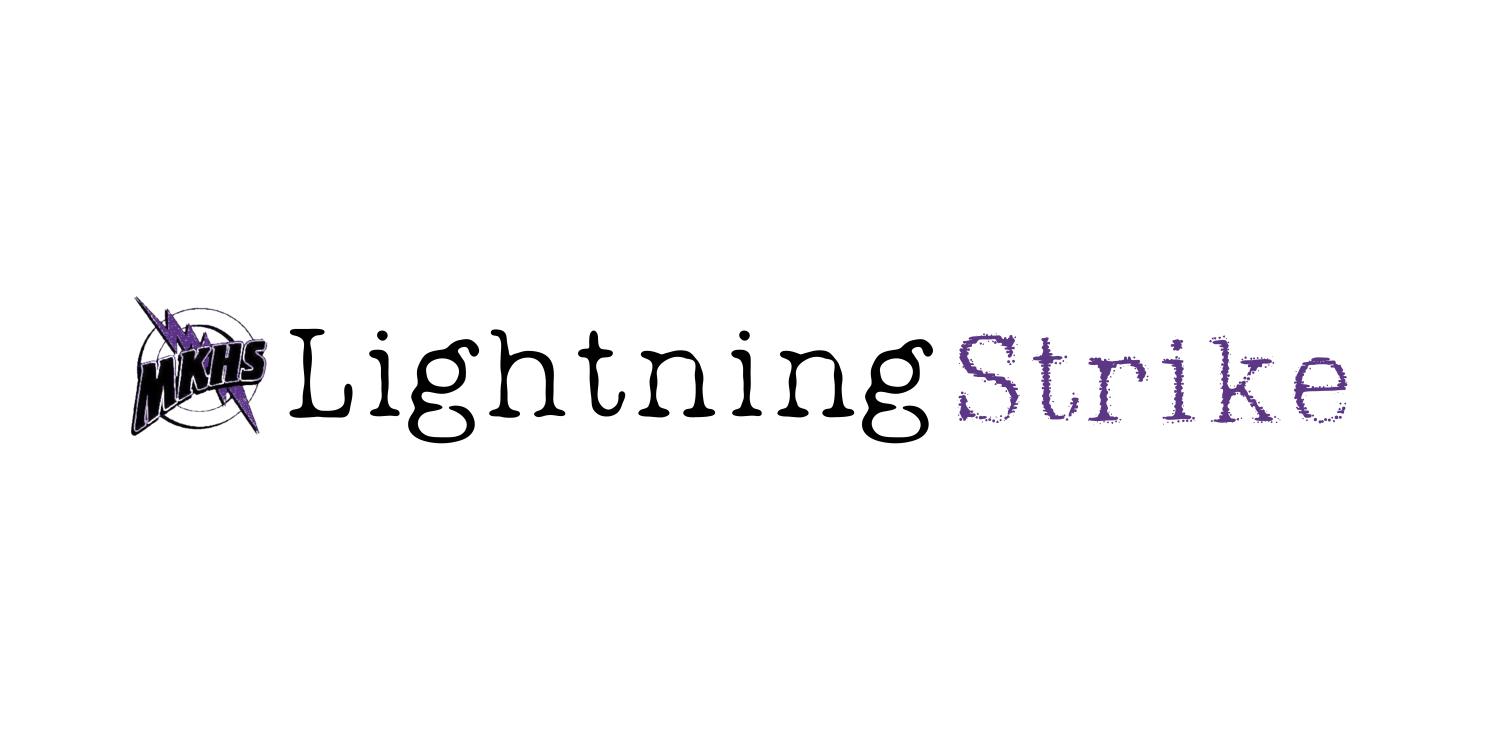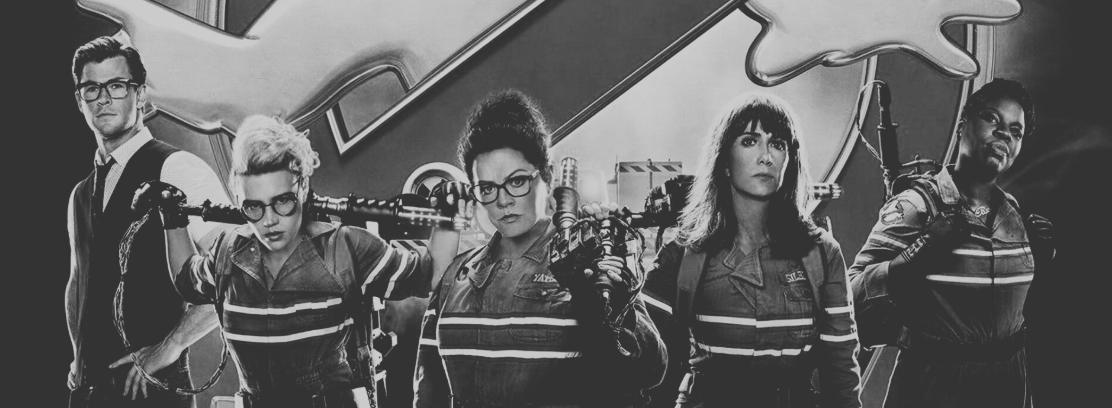The media is grappling with the challenge of balancing authenticity with social justice, and increased activism has led to a demand for more inclusive content. Media companies respond to these demands with increased diversity in their content.
In recent years, the word “woke” has become a dismissive term among politicians and critics in the media, but the word “woke” has a long cultural history. Originally referring to being woken up to, and aware of, issues of justice affecting Black Americans, critics in the media now use the term in a derisive manner to criticize what they believe is excessive political correctness.
The movie “Ghostbusters,” released in 2016 is an example of changes for representation. The movie features an all-female cast, a significant contrast to the all-male cast in the famous “Ghostbusters” franchise, challenging the traditional gender roles in cinema. The female characters are portrayed as independent, capable and intelligent scientists who take control of their narrative. This film ended up losing over $70 million after theaters took their cut, making it a box office bomb. The film was criticized in the media by fans and critics due to its gender-flipped casting.
“I think that the whole concept of wokeness as it’s used in politics should not have crossed over in the media,” senior Ariana Valigy said. “Political correctness shouldn’t dictate what actors get certain roles, I think it encroaches on censorship which defeats the whole purpose of media in the first place.”
Other examples of media “going woke” are the various changes Disney is making to their characters to appeal to a greater audience. Changes Disney has made include a diverse cast as the seven dwarfs (who were all originally white, male little people), for their upcoming remake of “Snow White,” and making Ariel black in the live-action adaptation of “The Little Mermaid.” Efforts for equality and representation are impacting casting choices and the entire storylines of these already well-known characters.
“I think the idea of wokeness in the media can be utilized in a way that enhances it,” Valigy said. “In kids’ shows, casts are more diverse because of the increased value of representation of various cultures and people in media, which is good because kids and people, in general, are less likely to be conditioned with prejudice or bias.”
Of late, “Barbie,” was also criticized for being “woke.” The movie follows themes of feminism and tackles the subject of patriarchy, challenging traditional gender stereotypes and expectations. The cast for this film is also diverse, featuring characters from various backgrounds and perspectives. The themes this film tackles highlight the pursuit of social justice and diverse storytelling in the entertainment industry. Unlike “Ghostbusters,” this film was highly successful, making $1.3 billion at the worldwide box office.
Many films that are considered “woke” take existing franchises and make changes to appeal to a larger audience. Using characters like Ariel in “The Little Mermaid” allows for many fans to return, which almost guarantees a successful film. In my opinion, this is a cheap method media companies use to make a profit while satisfying audiences that fight for representation and diversity.
The rise of wokeness has undeniably left a mark in the ever-evolving landscape of media. The media industry struggles to balance creative freedom and authenticity with the pursuit of social justice and inclusivity.






























